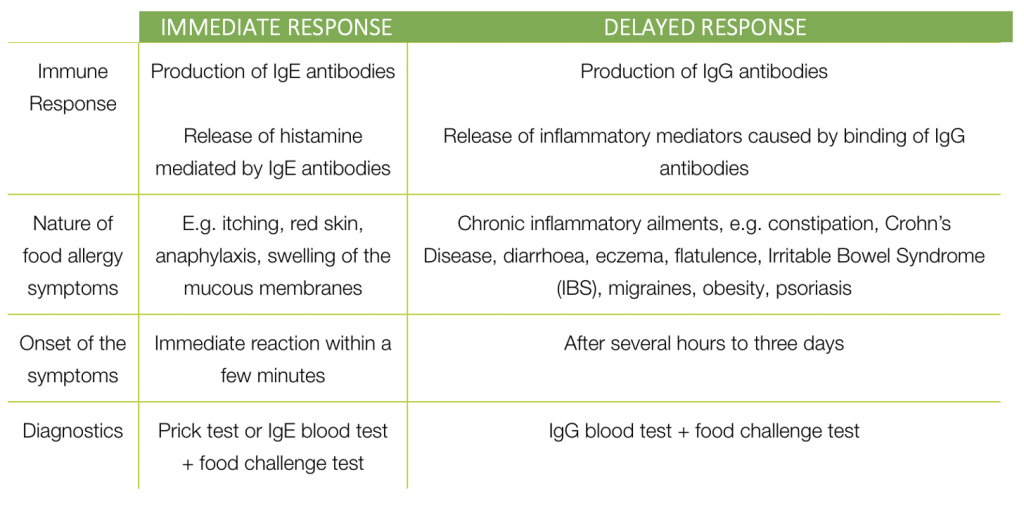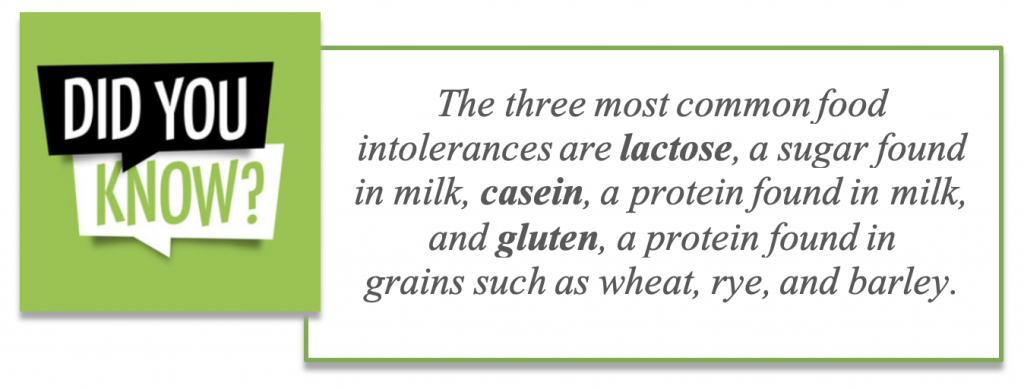Are you listening to your body?
If you’ve been trying to tame your allergies most of your life, you’re not alone. Tracking when you’re triggered by the scent of a flower is fairly obvious, but food sensitivities are not that simple.
Over the years, we start to see a pattern of when and where we begin to sneeze or break out in hives, but food sensitivities are more difficult to pinpoint.
Reactions to food can be thought of in two categories – food intolerance and food allergies. Food allergies can result in life-threatening reactions. Sensitivities result in milder symptoms such as diarrhea, gas, or bloating but also create inflammation that drives many pathologies and prevents improvement.
In this Mayo Clinic article, Food allergy vs. food intolerance: What’s the difference?, they detail what to look for. “Physical reactions to certain foods are common, but most are caused by a food intolerance rather than a food allergy. A food intolerance can cause some of the same signs and symptoms as a food allergy, so people often confuse the two.
A true food allergy causes an immune system reaction that affects numerous organs in the body. It can cause a range of symptoms. In some cases, an allergic food reaction can be severe or life-threatening. In contrast, food intolerance symptoms are generally less serious and often limited to digestive problems.”
For my patients, I like to look deeper into a holistic view of how the body reacts to foods – immediate and delayed response. There are multiple ways the immune system reacts to food, so unless you measure multiple reactions or antibodies, you’ll miss the foods that cause you to react.
The chart below gives you an idea how responses can be measured immediately or, as long-term problems that can be harder to identify.
There is no need to suffer — make an appointment today and let’s get to the root of it!








